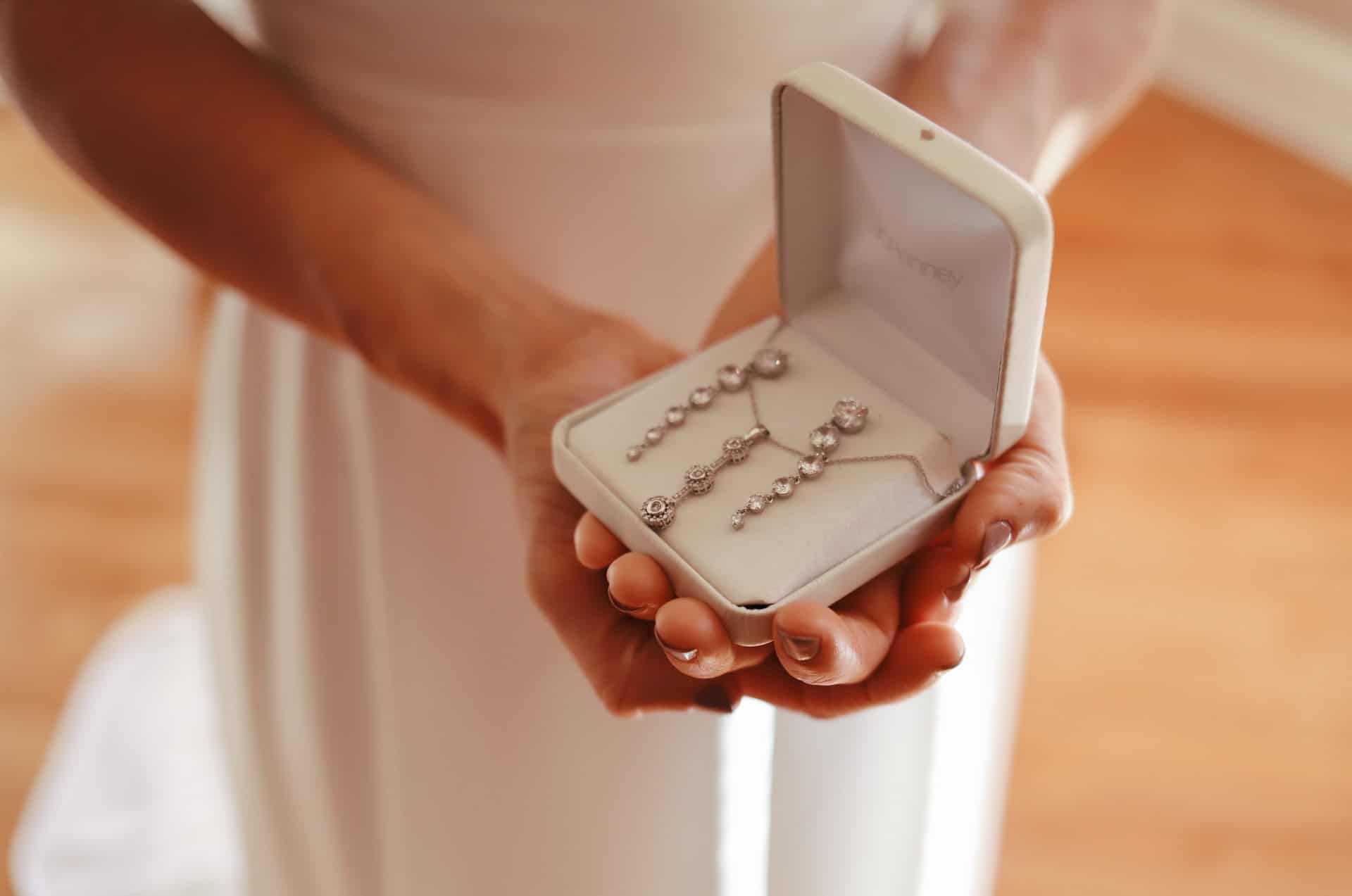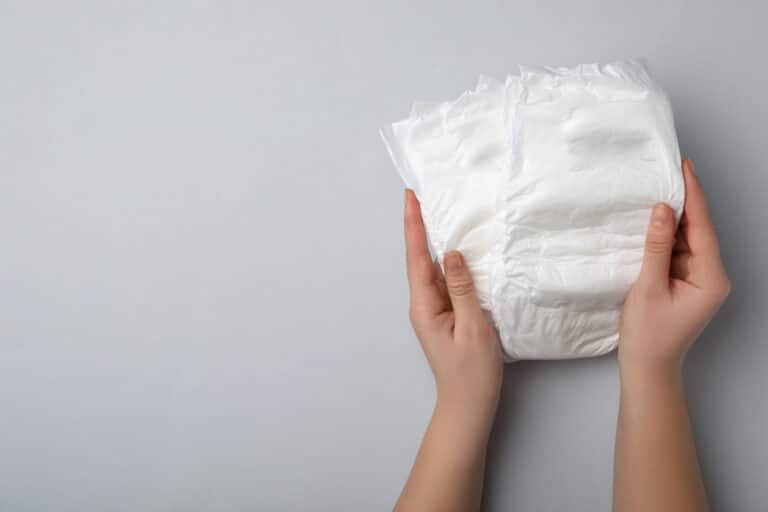Modern consumers have a far keener interest in sustainable, ethical products and services, with The Consumer Sustainability Survey showing that 72% of consumers are buying more environmentally-friendly products than five years ago. This demand ranges from food to fashion and jewelry, with initiatives such as the Kimberley Process helping buyers identify ethically sourced diamonds. What are current jewelry designers doing to make the world a better place and what are the biggest trends in the industry?
Ethical Sapphires
Ever since Princess Diana’s iconic engagement sparkler, sapphires have been considered a crucial gem to own by collectors of fine jewelry and this stone is going from strength to strength thanks to their traceability. Most sapphires are obtained from small family mines, making it easier for ethical jewelry designers to give buyers accurate information regarding their source and the way they make their way through the supply chain. Although these iconic stones are part of the elegant ‘Big Three’ family (alongside emeralds and rubies), sapphires can be donned stylishly in casual looks as well, as can other quality gemstones. The top trend for gemstones involves stacking sapphire necklaces and bracelets with beads, chains, and pendant necklaces in a variety of metals ranging from yellow to rose gold and even platinum.
Female Empowerment
Ethical jewelry lovers are interested in much more than beautiful shapes and textures. They are also interested in supporting designers who are making a difference to local communities and helping women in developing areas have a better future. Check out brands like Akola (which offers programs to female-only employees in Africa to boost independence and economic development in the area), Washed Ashore (which has partnered up with Carbonfund.org to help battle climate change), and Soko (which works with artisan entrepreneurs in Kenya, helping them build and expand businesses).
Recycled Jewelry
‘Reuse, reduce, and recycle’ is the motto of eco warriors across the globe but it also forms an important part of the ethos of many ethical jewelry houses. Canadian brand Wolf Circus, for instance, makes stunning modern pieces from melted and recast metals. Meadowlark, meanwhile, uses metal scraps and repurposes old items of jewelry. Bagatiba, a U.S. brand whose motto is ‘Sustainability is the future’, has launched a wide-scale sustainability initiative that includes embracing ethical working conditions, reducing its energy consumption, using sustainable and recycled materials, eliminating the use of single-waste plastics, and packaging their items in recyclable and biodegradable packaging.
Design for Life
Lab-grown diamonds made with renewable energy, durable gold vermeil, and recycled gold can all be considered key components of the ‘design for life’ movement. The latter, which is part and parcel of a wider design ethos, aims to create quality items that enhance life but also last a lifetime – or close to it. That’s why many people are opting for loose diamonds dallas. Diamonds, gemstones, and metals like platinum are clearly top choices for heirlooms because of their long life but even costume jewelry can be worn for much longer than a season thanks to materials like vermeil, which have much longer tarnishing times than traditional costume jewelry metals.
Sustainability is the buzzword for consumers in the new millennium. The jewelry industry has responded loudly and clearly, with pieces that respect ethics and sustainability. Top designers to back are those that use ethical gemstones, empower minorities, use recycled and upcycled materials, and design pieces to last for various years (or indeed, forever).











